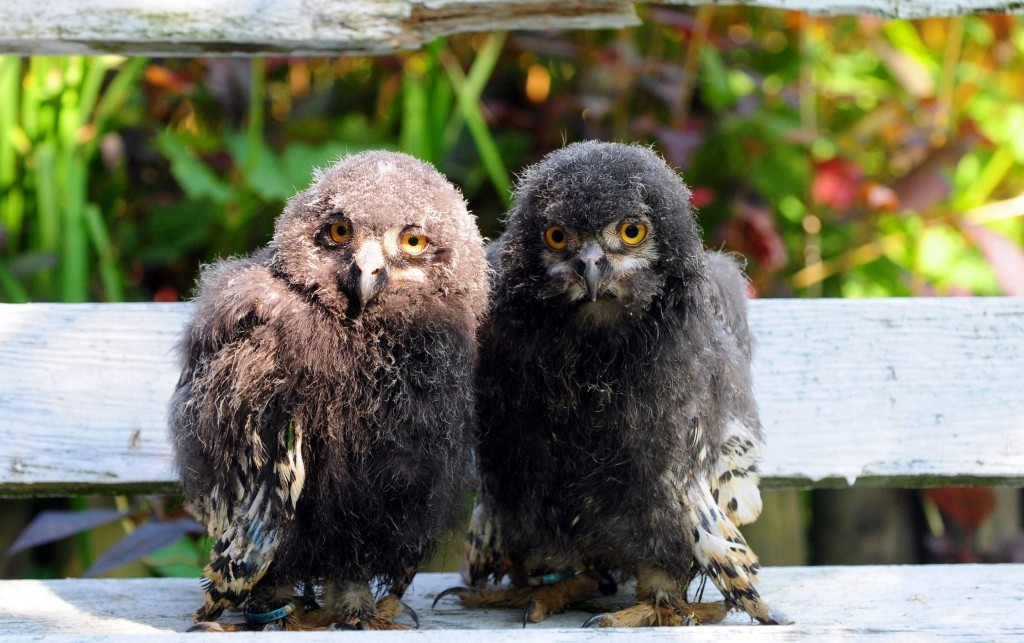
A new material that could make wind turbines and even aircraft quieter by mimicking the design of owls’ wings that allows them to silently hunt their prey has been developed by scientists.
The Cambridge University-led Anglo-American team studied the feathers of the stealthy nocturnal airborne predators to produce the coating, due to be unveiled at a US conference today.
Because of the noise they make, wind turbines are often braked to make them turn more slowly and quietly, but the team behind the new material say that it could enable the machines to turn faster and boost their output without increasing noise as a side-effect.
“Many owls – primarily large owls like barn owls or great grey owls – can hunt by stealth, swooping down and capturing their prey undetected,” said Professor Nigel Peake of Cambridge’s department of applied mathematics and theoretical physics, who led the team.
“While we’ve known this for centuries, what hasn’t been known is how or why owls are able to fly in silence.”
The team, which also included scientists from Virginia Tech, Pennsylvania’s Lehigh and Florida Atlantic universities, said they used powerful microscopes to look at owl wings. They found that they have a “downy covering” to their flight feathers, plus bristles on their on the leading of their wings and an “elastic fringe” on the trailing edges.
Prof Peake added: “No other bird has this sort of intricate wing structure. Much of the noise caused by a wing – whether it’s attached to a bird, a plane or a fan – originates at the trailing edge where the air passing over the wing surface is turbulent. The structure of an owl’s wing serves to reduce noise by smoothing the passage of air as it passes over the wing – scattering the sound so their prey can’t hear them coming.”
The discovery enabled the team to make a 3D printed plastic cover for a wind turbine, which reduced the noise it generated in wind tunnel tests by 10 decibels. They believe it can be adapted for other types of wings and blades and want to move on to improve the coating further and test it on a working turbine.
Their research, funded by the US National Science Foundation and the US Office of Naval Research, will be unveiled later at the American Institute of Aeronautics and Astronautics (AIAA) Aeroacoustics Conference in Dallas, Texas.
Recommended for you
